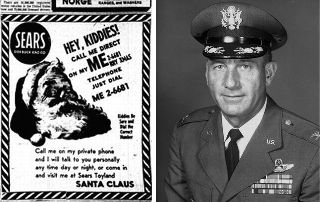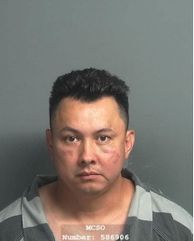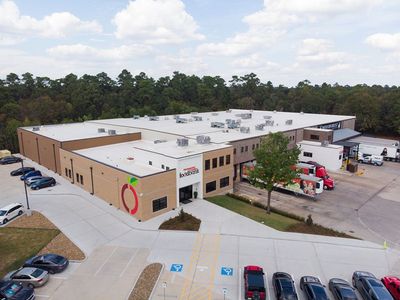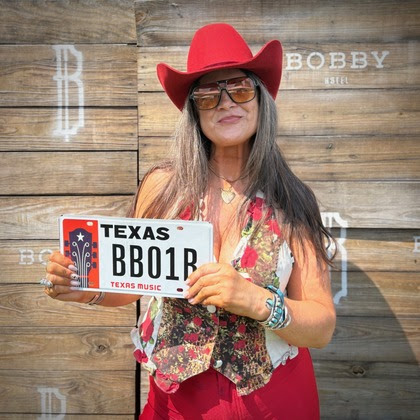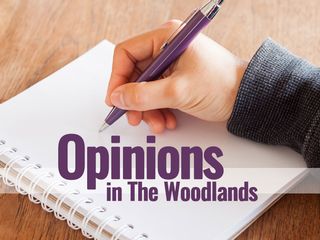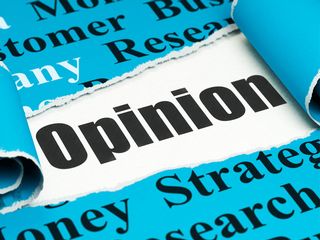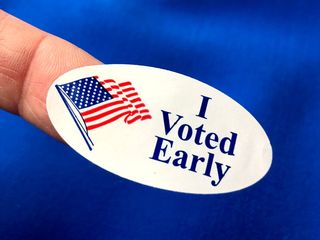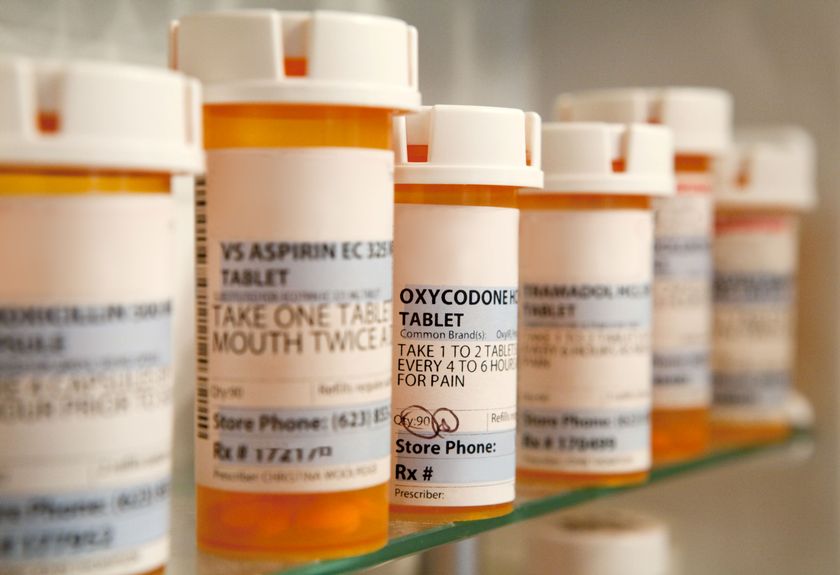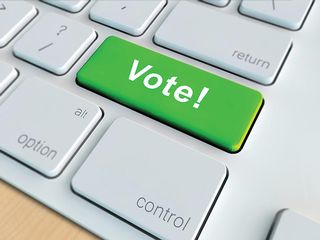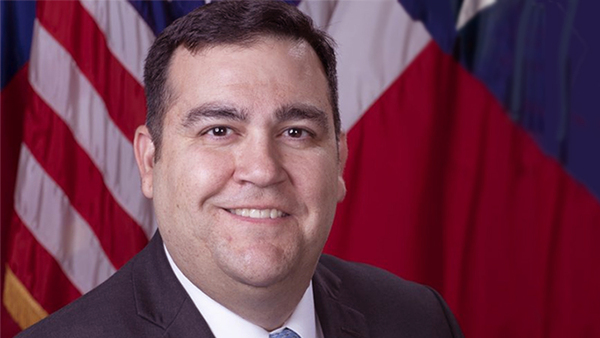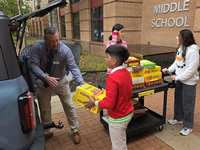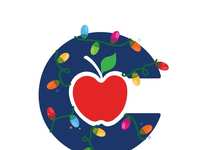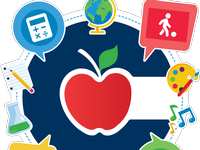- Sections :
- Crime & Public Safety
- Restaurants & Food
- Sports
- More
Categories
TWU Team Exhibits Creativity and Collaboration in Design Competition
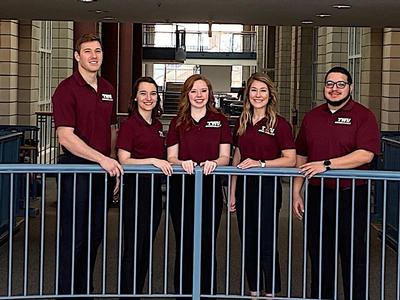
DENTON, TX -- Texas Woman’s University kinesiology students once again demonstrated their creativity, ingenuity and ability to work across disciplines by competing in the Texas Space Grant Consortium Design Challenge Showcase April 23-24. The TWU Good Vibrations spring team placed sixth in the overall top design teams and third for Best Peer Review.
The TSGC Design Challenge, sponsored by NASA, offers undergraduate students an opportunity to propose, design and fabricate a solution toward solving research objectives of importance to NASA and its mission. Originally scheduled as an in-person competition in Houston, the program changed due to the Coronavirus pandemic, causing the 19 competing university teams to participate virtually in a Q&A session with judges after submitting a poster, mid-term report and video presentation.
Continuing with the topic chosen by last semester’s team, the spring team—consisting of graduating seniors (Madeline Boutwell, team lead, Hutto, TX), Collin Pagel (research lead, Muenster, TX), Alex Rios (design lead, Dallas, TX), Leah Jeffcoat (Justin, TX) and Brittany Patton (The Woodlands, TX)—decided to make improvements to a device that prevents and mitigates shoulder injury in astronauts. More than 50% of astronauts who perform extravehicular activities (EVA) while training encounter shoulder pain, according to NASA documentation.
Last semester’s Good Vibrations team developed a device that warns astronauts when their movements could cause shoulder injuries. TWU’s spring team expanded this device into a full athletic shirt with additional sensors and warnings, resulting in a useful, practical and non-invasive garment for astronauts to wear during EVA training in the Neutral Buoyancy Laboratory (NBL)—one of the largest indoor bodies of water in the world that simulates the weightlessness of space.
Collaborating across academic disciplines
While creating this new garment, the team partnered with other departments at TWU to take advantage of expertise they didn’t have themselves.
“The spring team’s device involved electronic components that needed to be coded to work as needed,” said team advisor Rhett Rigby, PhD. “Since the students had no previous experience in coding, they contacted the mathematics and computer science department for help.”
The team also needed to create a replica of the hard, upper torso unit of a spacesuit. To do that, they partnered with TWU’s visual arts department to construct one out of a thickened epoxy with an outer layer of fiberglass to ensure the device was as stable and realistic as possible.
Since the garment consisted of electronic components inside a form-fitting athletic shirt, the team also collaborated with TWU’s fashion and textiles department to sew the electronic components into the shirt.
To test the garment in environments similar to that in which astronauts prepare for their missions, the team planned on conducting underwater testing in the Pioneer Hall pool, but that was cancelled due to COVID-19.
Even though they were not able to fully test their project, the team still accomplished what it set out to do and, most importantly, received a learning experience that will benefit them for years to come.
“I had an amazing experience working with my team this semester,” said team lead Madeline Boutwell. “It is not often that undergraduates get to conduct their own research, and that opportunity was truly remarkable. A lot of the time in class we learn about theoretical problems and solutions, so to be faced with an unsolved problem and given the opportunity to find our own solution really stretched our creative capacity. All of the team members were eager to help each other to make sure the project would be completed to the best of our ability.”
“This team exhibited the true definition of a cross-disciplinary approach to solving a problem,” said Rigby. “Although these students are all kinesiology majors, they learned aspects of engineering and computer science to design and fabricate their project. Specifically, they learned how to write a computer language, the ins and outs of circuitry and digital electronics and how to operate three-dimensional software. Even though COVID-19 prevented extensive testing, the team built a functioning device and proved that it worked.”
The TSGC Design Challenge, sponsored by NASA, offers undergraduate students an opportunity to propose, design and fabricate a solution toward solving research objectives of importance to NASA and its mission. Originally scheduled as an in-person competition in Houston, the program changed due to the Coronavirus pandemic, causing the 19 competing university teams to participate virtually in a Q&A session with judges after submitting a poster, mid-term report and video presentation.
Continuing with the topic chosen by last semester’s team, the spring team—consisting of graduating seniors (Madeline Boutwell, team lead, Hutto, TX), Collin Pagel (research lead, Muenster, TX), Alex Rios (design lead, Dallas, TX), Leah Jeffcoat (Justin, TX) and Brittany Patton (The Woodlands, TX)—decided to make improvements to a device that prevents and mitigates shoulder injury in astronauts. More than 50% of astronauts who perform extravehicular activities (EVA) while training encounter shoulder pain, according to NASA documentation.
Last semester’s Good Vibrations team developed a device that warns astronauts when their movements could cause shoulder injuries. TWU’s spring team expanded this device into a full athletic shirt with additional sensors and warnings, resulting in a useful, practical and non-invasive garment for astronauts to wear during EVA training in the Neutral Buoyancy Laboratory (NBL)—one of the largest indoor bodies of water in the world that simulates the weightlessness of space.
Collaborating across academic disciplines
While creating this new garment, the team partnered with other departments at TWU to take advantage of expertise they didn’t have themselves.
“The spring team’s device involved electronic components that needed to be coded to work as needed,” said team advisor Rhett Rigby, PhD. “Since the students had no previous experience in coding, they contacted the mathematics and computer science department for help.”
The team also needed to create a replica of the hard, upper torso unit of a spacesuit. To do that, they partnered with TWU’s visual arts department to construct one out of a thickened epoxy with an outer layer of fiberglass to ensure the device was as stable and realistic as possible.
Since the garment consisted of electronic components inside a form-fitting athletic shirt, the team also collaborated with TWU’s fashion and textiles department to sew the electronic components into the shirt.
To test the garment in environments similar to that in which astronauts prepare for their missions, the team planned on conducting underwater testing in the Pioneer Hall pool, but that was cancelled due to COVID-19.
Even though they were not able to fully test their project, the team still accomplished what it set out to do and, most importantly, received a learning experience that will benefit them for years to come.
“I had an amazing experience working with my team this semester,” said team lead Madeline Boutwell. “It is not often that undergraduates get to conduct their own research, and that opportunity was truly remarkable. A lot of the time in class we learn about theoretical problems and solutions, so to be faced with an unsolved problem and given the opportunity to find our own solution really stretched our creative capacity. All of the team members were eager to help each other to make sure the project would be completed to the best of our ability.”
“This team exhibited the true definition of a cross-disciplinary approach to solving a problem,” said Rigby. “Although these students are all kinesiology majors, they learned aspects of engineering and computer science to design and fabricate their project. Specifically, they learned how to write a computer language, the ins and outs of circuitry and digital electronics and how to operate three-dimensional software. Even though COVID-19 prevented extensive testing, the team built a functioning device and proved that it worked.”
Comments •

